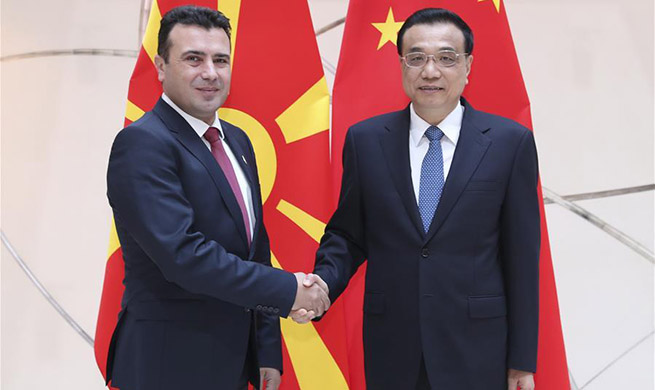SAN FRANCISCO, Nov. 28 (Xinhua) -- The days of the lithium battery that dominates the market may be numbered as U.S. researchers are developing a solid magnesium conductor that could lead to safer, cheaper and more efficient magnesium batteries.
Researchers at the Lawrence Berkeley National Laboratory (Berkeley Lab) managed by the University of California Berkeley (UC Berkeley) on the western U.S. coast and the Argonne National Laboratory in the midwestern state of Illinois were working to develop a magnesium-based battery that would have higher energy density than lithium.
The challenge was the electrolyte, the liquid carrying the electric charge inside the battery. A liquid electrolyte is inflammable and also tends to corrode the battery, which made the researchers think of doing a "leapfrog" and developing a solid-state electrolyte that would be safer.
Finally, the team came up with a material called magnesium scandium selenide spinel. It can transport magnesium ions at unprecedented speed and is more fire-resistant than a liquid electrolyte.
The finding was disclosed in a paper by Pieremanuele Canepa and Shou-Hang Bo, the lead authors of the research, and carried in a recent edition of the journal Nature Communications.
"This probably has a long way to go before you can make a battery out of it, but it's the first demonstration you can make solid-state materials with really good magnesium mobility through it," Gerbrand Ceder, a Berkeley Lab senior faculty scientist, said. "There are enormous efforts in (the) industry to make a solid-state battery. It's the holy grail because you would have the ultimate safe battery."
The project was funded by the U.S. Department of Energy (DOE) Office of Science through a DOE Innovation Hub.

















